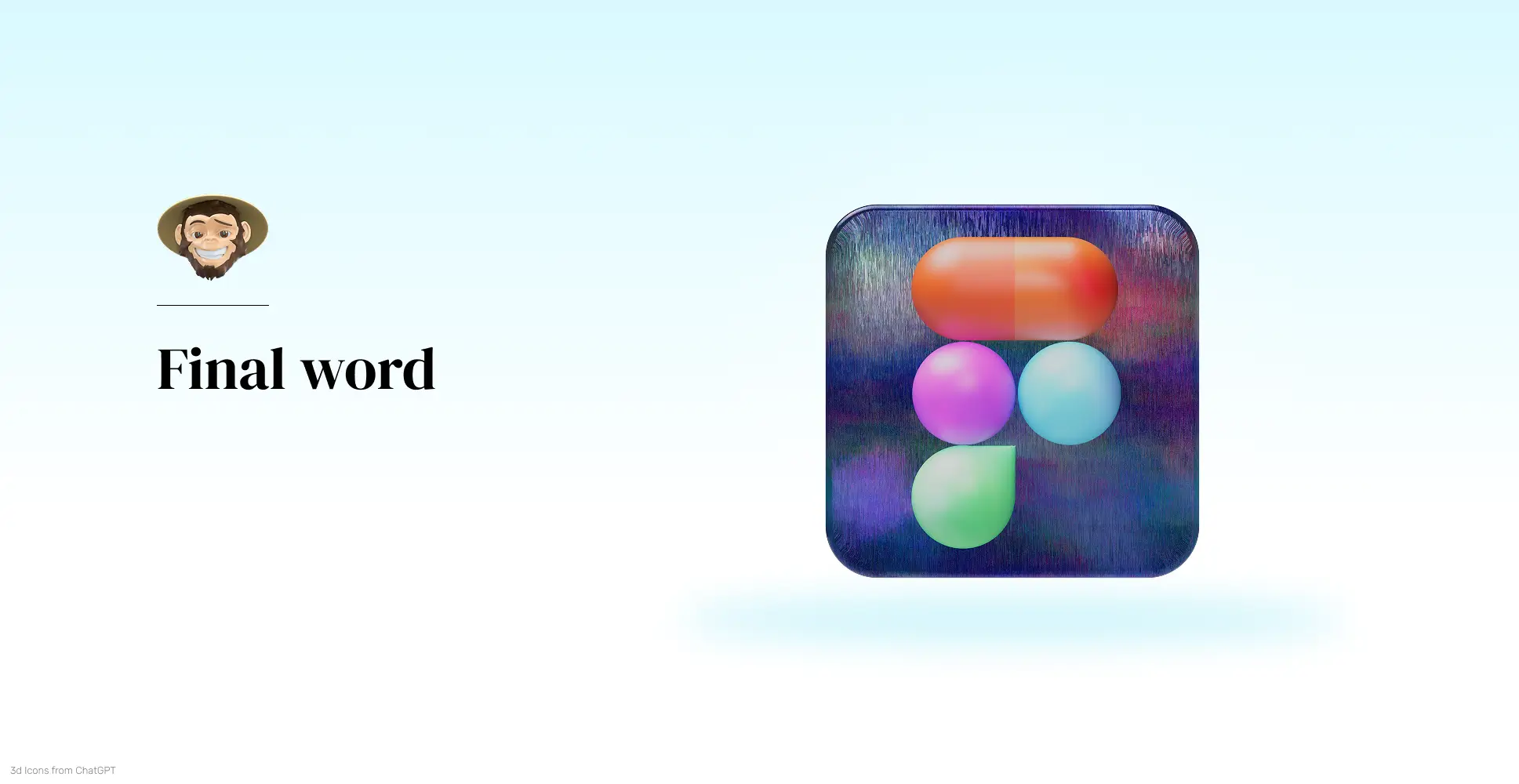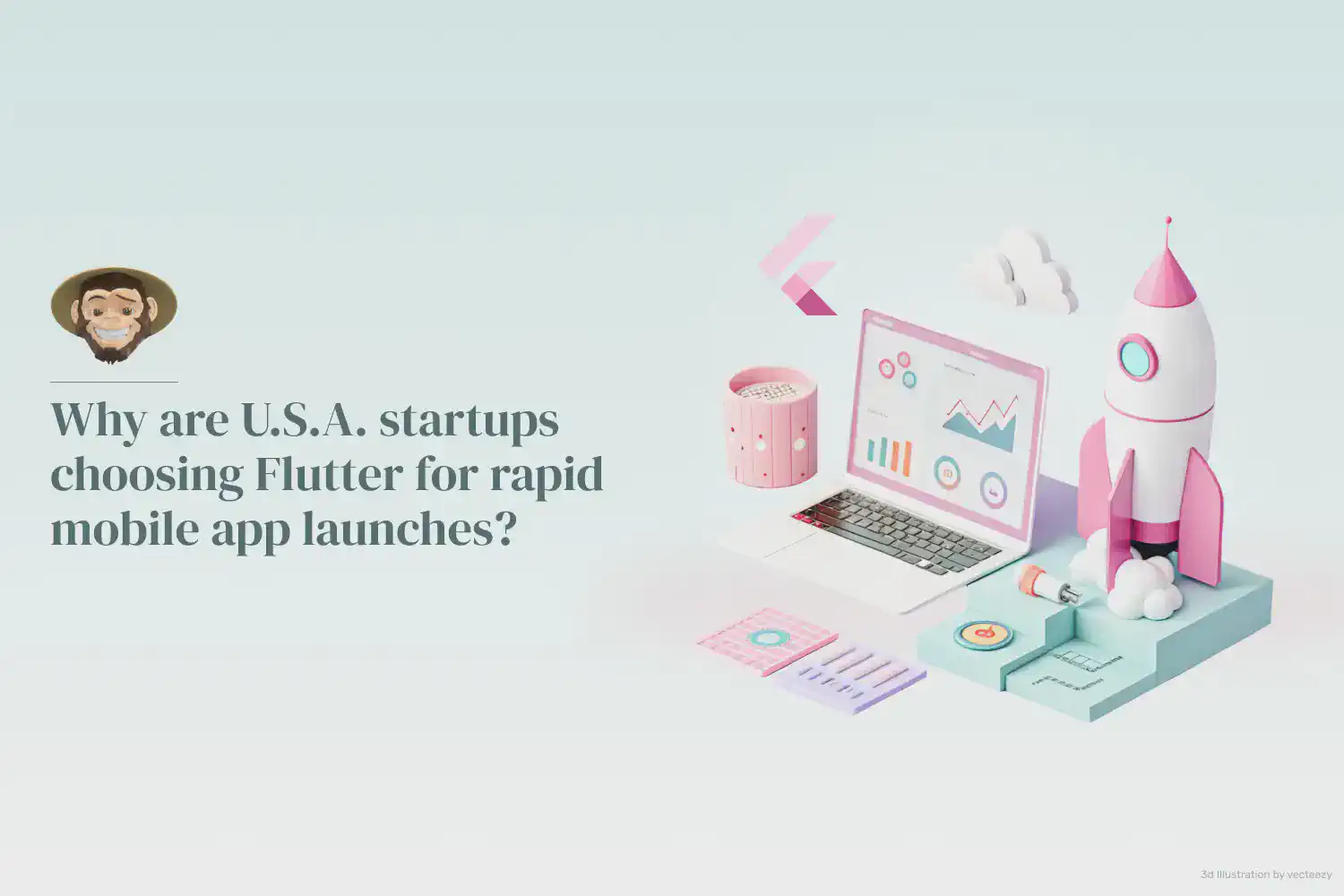The world of UX/UI design is evolving fast. So, if you’re using Figma in 2025, there are some interesting changes you need to know about and master.
As technology advances and AI becomes more pervasive, the world of UX/UI design is starting to move at lightning speed. For UX/UI designers in 2025, this means keeping up with evolving trends and embracing the tools that help them create more efficiently, think smarter, and design better. One of these tools, which has been around for a while, is Figma, a UX/UI design platform that has become much more than a simple digital canvas; it is now a highly robust collaborative UX/UI design powerhouse.
Since its inception in 2012, Figma has grown and transformed into a dynamic ecosystem where innovation, technology, speed, efficiency, and collaboration meet to integrate seamlessly into agile workflows, product teams, and design systems across the globe. In the competitive and complex US digital market, Figma has emerged as a key player, addressing the need for efficiency, consistency, and real-time collaboration. And now, as UX/UI design gets more competitive and complex, the role of Figma becomes even more crucial. Enter Figma plugins.
As experts in app development and UX/UI design, we understand the importance of staying efficient while keeping app quality high. In this article, we’ll explore how Figma plugins are not just helpful, but crucial in achieving this balance. They are the key to staying ahead in the fast-evolving digital landscape. Let’s dive in and discover their potential.
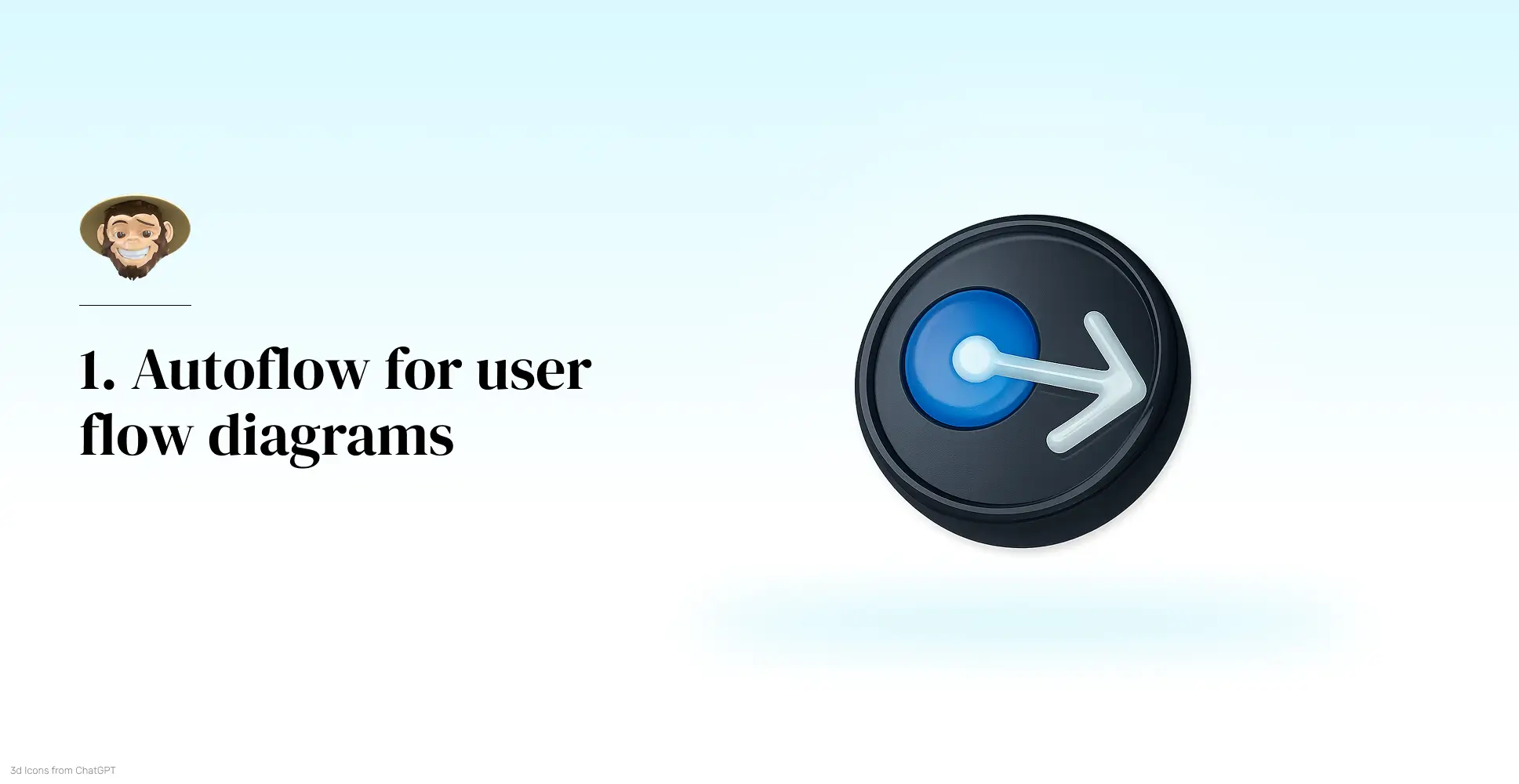
1. Autoflow for user flow diagrams Autoflow is a must for any UX/UI designer, especially those who have felt frustrated when trying to manually connect dozens of screens with arrows while keeping diagrams organized. This handy plugin is a game-changer because it allows you to instantly create clean, intelligently routed connectors between your frames and screens, saving you hours of tedious work. Moreover, autoflow offers seamless integration with FigJam, allowing teams to collaborate efficiently and iterate faster, keeping workflows frictionless.
Autoflow is highly useful in:
- User journey mapping.
- Mobile or web applications that require user journey flows, wireframe walkthroughs, or task-based navigation maps.
- UX documentation.
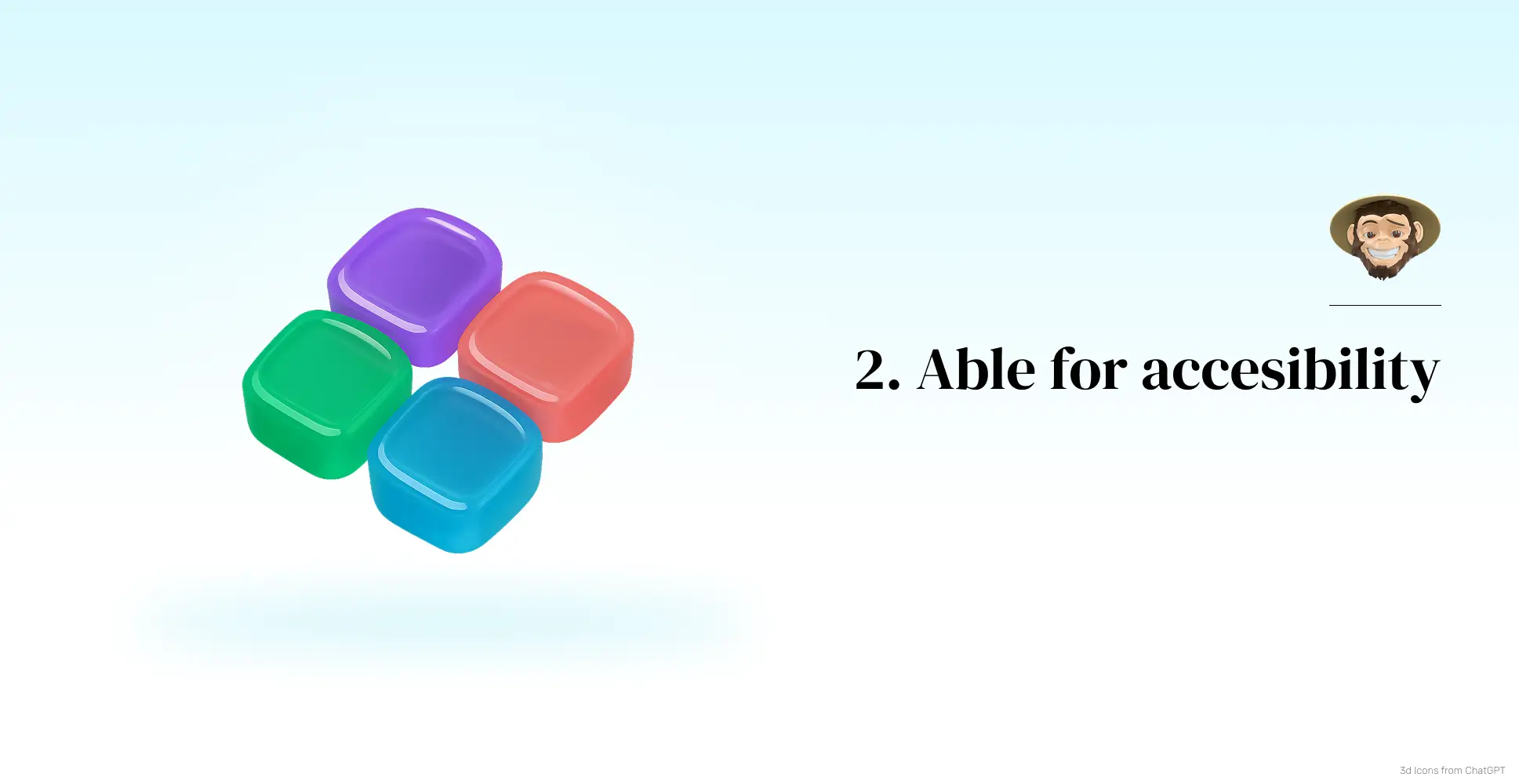
2. Able for accesibility Accessibility is a critical component of modern applications, especially healthcare apps, and Able gives UX/UI designers the tools to enforce it effectively. It helps designers embed accessibility directly into the design process by:
- Checking color contrast ratios.
- Automating WCAG 2.1 guidelines compliance checks.
- Simulating color blindness.
- Suggesting color combinations.
Able also helps UX/UI designers ensure their color palettes and type choices are helpful when dealing with dark modes, complex UIs, or brand colors that, while retaining brand identity, might push boundaries for individuals with visual limitations.
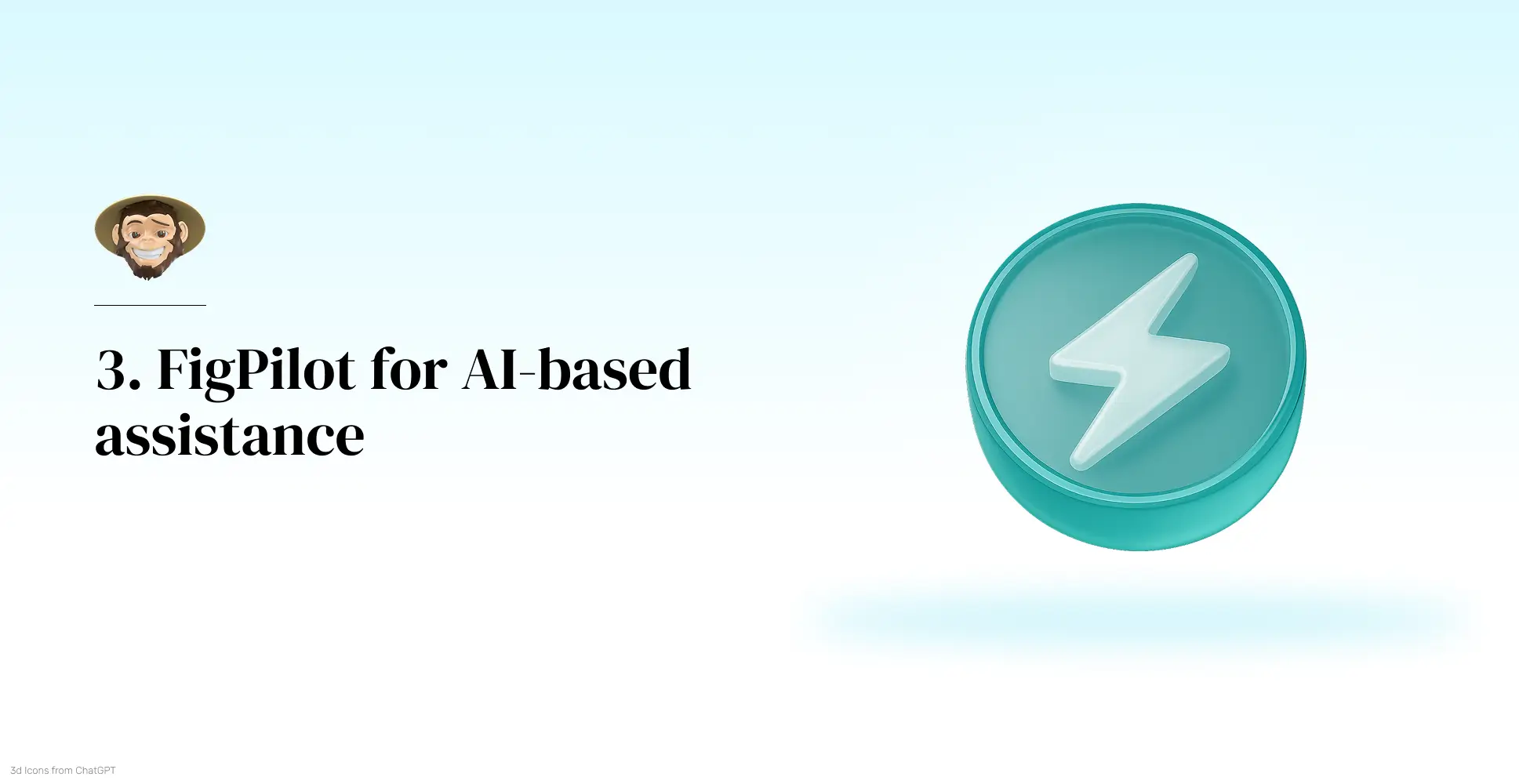
3. FigPilot for AI-based assistance Built with generative AI at its core, FigPilot is a Figma plugin that allows UX/UI designers to streamline their workflow. It makes relevant design suggestions and improvements, auto-generates components, creates entire wireframes with just a short prompt, and turns designs into production-ready Chakra UI code. This versatile tool is a constant at Foonkie Monkey, helping us bridge the gap between design and development. It enables our UX/UI designers to enforce rapid prototyping and lean MVPs, leading to faster app development times. FigPilot is the ideal companion for startups or solo UX/UI designers managing multiple projects, making them feel flexible and adaptable.
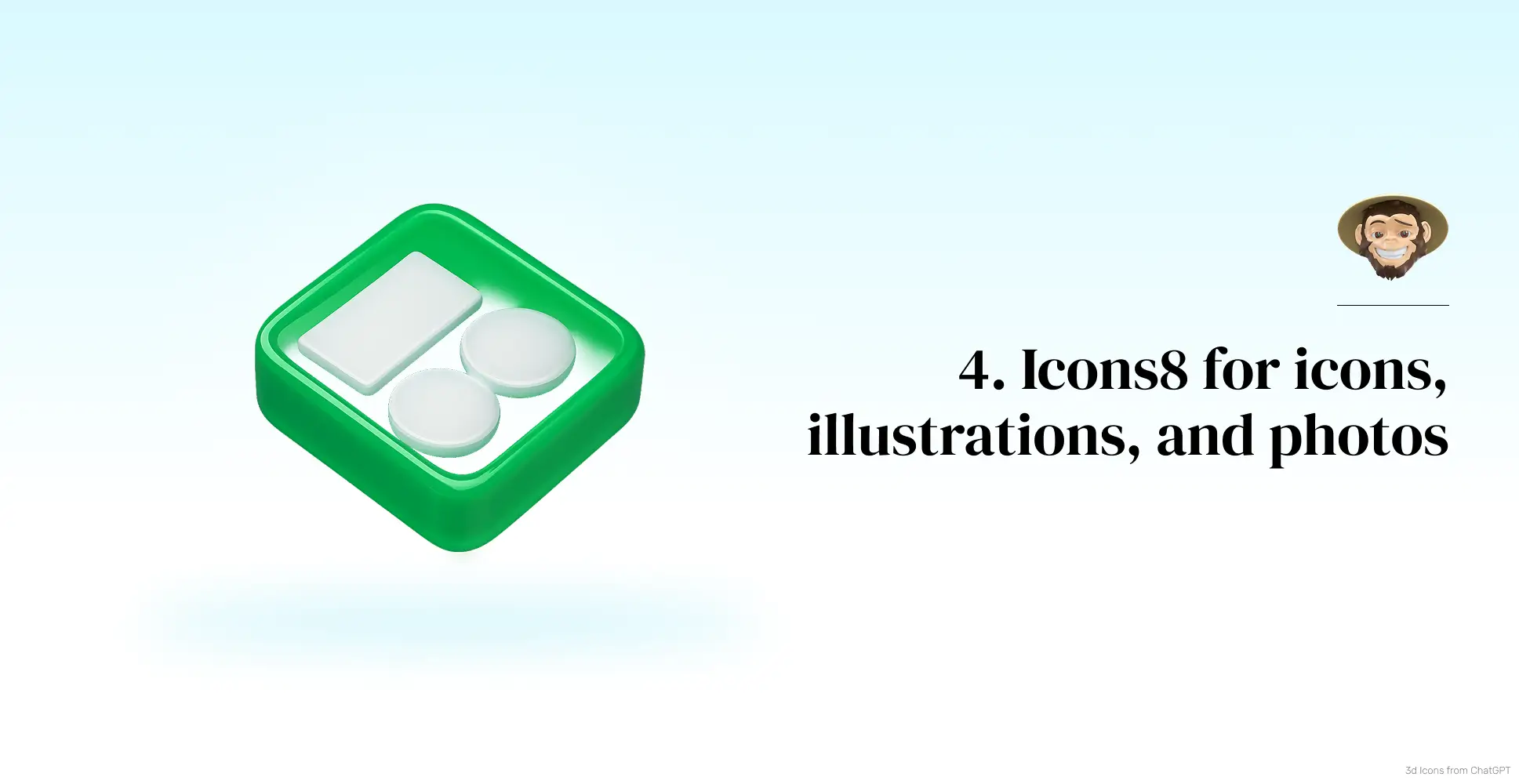
4. Icons8 for icons, illustrations, and photos The icons8 plugin for Figma is designed to make the lives of UX/UI designers easier. It provides instant access to a carefully curated collection of over 1.5 million high-quality icons, photos, and illustrations, all of which can be used for free (with in-app purchases also available). Designers can seamlessly integrate these assets into their designs, simplifying their creative processes. Our UX/UI designers find Icons8 particularly useful when working on mobile apps and web interfaces, as it offers an extensive set of visual assets that make it easy to find and incorporate the right visuals, thereby enhancing productivity. The plugin’s integration within Figma eliminates the need to switch between platforms, saving time and maintaining workflow continuity.

5. Remove BG for background removal Remove BG is a Figma plugin (free and in-app purchases) that leverages AI capabilities to instantly remove the background from images without switching back and forth between several tools or other platforms like Photoshop. It helps:
- Save time during prototyping and mockup creation.
- Maintain high-quality image resolution.
- Seamlessly include avatars, product images, or hero graphics in mobile and software apps.
By streamlining these processes, Remove BG empowers UX/UI designers to craft polished, highly professional visuals, sparing them the tedious task of removing distracting backgrounds. This is particularly beneficial for maintaining the professional quality of your work and keeping image assets crisp and clean.
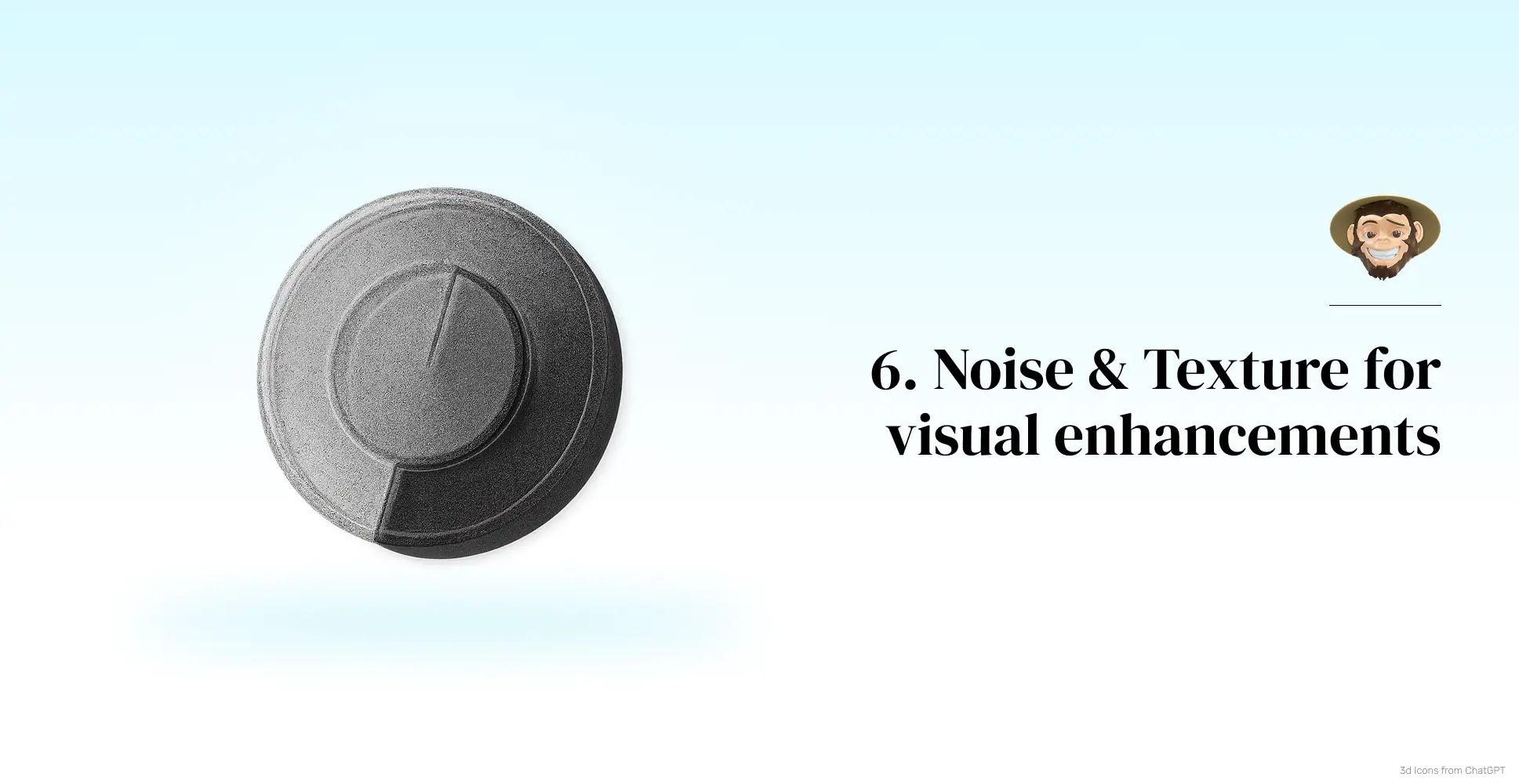
6. Noise & Texture for visual enhancements Noise & Texture, a free Figma plugin, enables UX/UI designers to generate visually captivating patterns, textures, gradients, tiled noise, and more. With a simple click, designers can add a subtle grain effect or a textured background to elements, instantly seeing the changes and enhancing their designs. This instant feedback Feature not only makes the design process more efficient but also allows for quick iterations, making it a speedy solution to enhance app visuals without needing external tools or resources.
7. Banani Banani is an AI-powered Figma plugin that allows UX/UI designers to streamline the UI design process by generating and refining user interfaces using simple AI prompts. So, instead of manually dragging and dropping UI components, UX/UI designers can describe what they need, and Banani builds it instantly. This design copilot also enables:
- Rapid prototyping.
- Efficient collaboration.
- Visual styling and customization of colors and fonts through text prompts.
- Simultaneous collaboration on design projects within Figma.
At Foonkie Monkey, we use Banani constantly because our development environment enforces speed, flexibility, and cross-functional alignment, and this plugin allows us to boost our team’s productivity like no other.
Final word
As technology evolves faster, the demand for more efficient UX/UI design continues to grow. This means that app developers and UX/UI designers need to not only keep up with trends but also work smarter and better and the best way to accomplish that is to leverage the powerful add-ons that come with the tools and platforms they use daily. Figma plugins are powerful extensions that help automate repetitive tasks, supercharge workflows, and enhance creative output, all of which are time-saving solutions for today’s designers. So, if you’re trying to elevate the quality, speed, and creativity of your work, mastering these tools isn’t optional—it’s essential.
At Foonkie Monkey, we always strive to stay ahead of the latest trends in the app development and UX/UI design industries to ensure our solutions are always innovative. If you have questions about Figam or are ready to bring your next project to life, we’d love to hear from you—drop us a line today!
